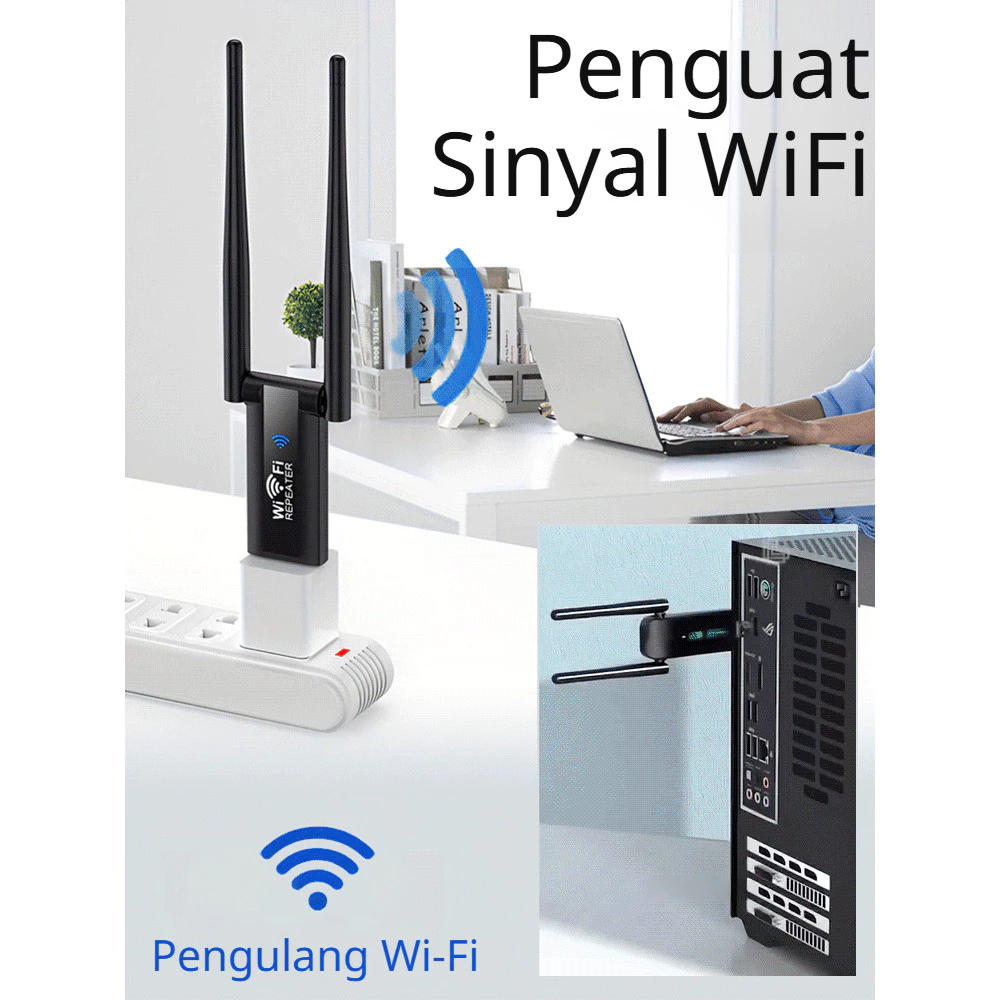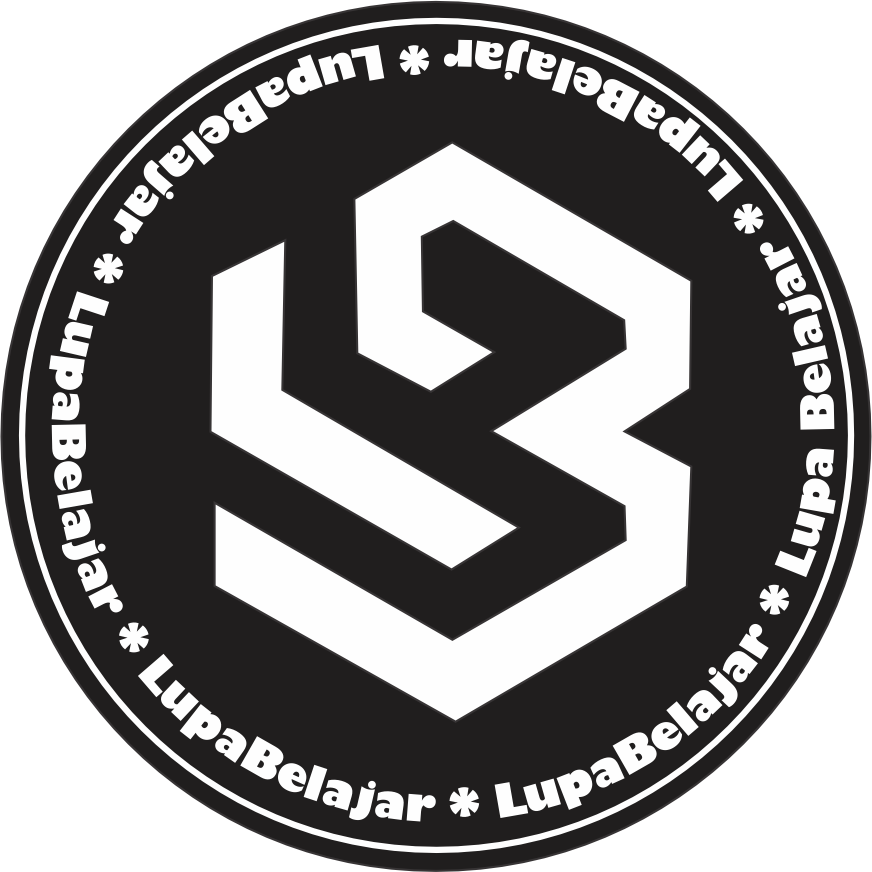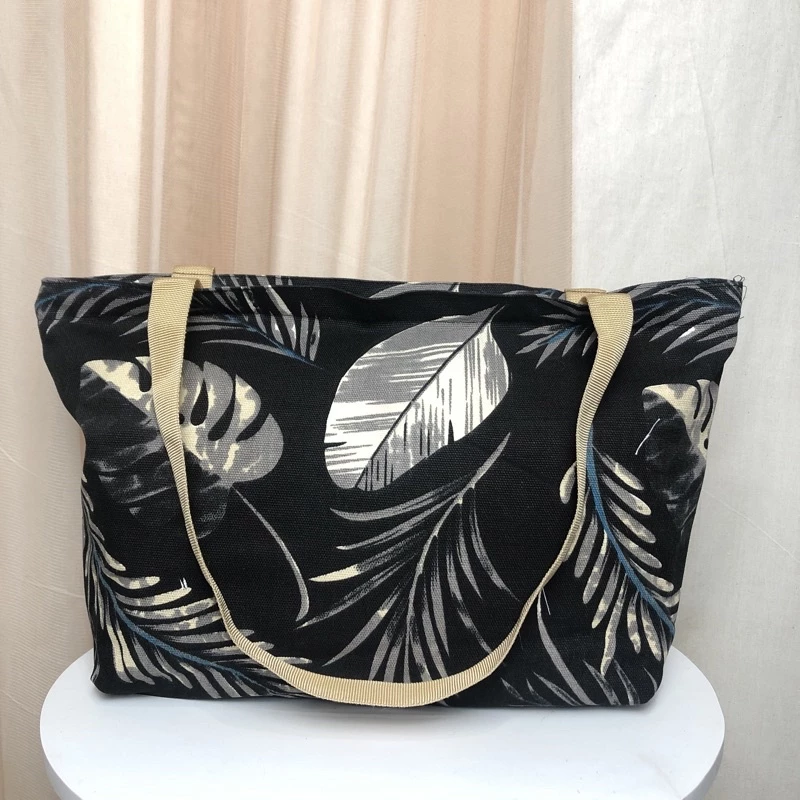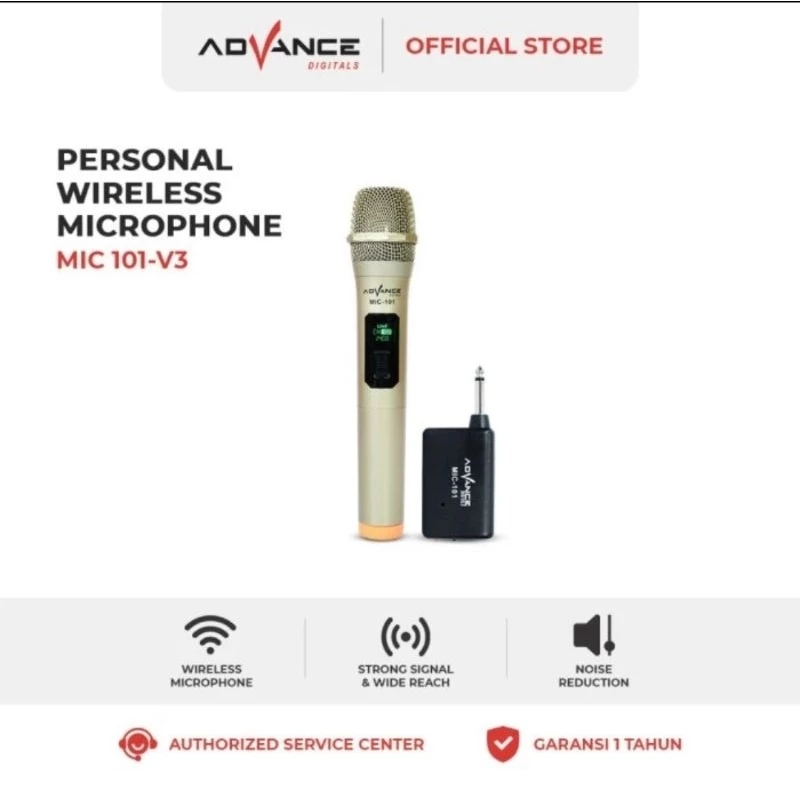
Tips Belajar Efektif di Era Digital
Strategi pembelajaran yang efisien dengan memanfaatkan teknologi modern

Panduan Membuat RPP yang Menarik
Cara mudah menyusun Rencana Pelaksanaan Pembelajaran yang kreatif dan interaktif

Desain Presentasi Pendidikan yang Inspiratif
Membuat slide presentasi yang menarik perhatian dan meningkatkan pemahaman

Teknik Menulis Cerpen untuk Pemula
Langkah-langkah mudah untuk menghasilkan karya sastra yang berkualitas
ACT
ADVANCE CHEMICAL TANKER
BAB VI
PRECAUTION TO PREVENT POLLUTION OF THE ENVIRONMENT
POLLUTION BY NOXIOUS LIQUID SUBSTANCES
The parts numbered in the 140s give effect in New Zealand law to Annex II of MARPOL, which is concerned with regulations for the control of pollution by noxious liquid substances in bulk Along with Annex I (concerned with oil), Annex II is a mandatory annex - meaning that a state must give effect to both annexes in order to become a party to the convention.
Annex II was extensively revised in the early 2000s and the new regulations came into force internationally on 1 January 2007. The new regulations had the following innovations (reflected in marine protection rules that came into force in August 2008):
The marine protection rules give effect to Annex II discharge standards outside the 12 mile limit. They also set, for both inside and outside the coastal marine area, ship design, construction and equipment requirements (and their certification), as well as requirements for record keeping of cargo operations and emergency plans for responding to spills. The scope and application of the individual parts of the 140 series are summarised below.
Part 140 Discharge of Noxious Liquid Substances Carried in Bulk
Part 140 sets out the permitted operational discharges into the sea of cargo residues from noxious liquid substances carried by ships in bulk as cargo. The rules set limits on total quantity and concentration of discharges, and specify minimum water depths and distance from land. More stringent discharge conditions apply to those substances that are categorised as most harmful to the marine environment.
There are three categories of noxious liquid substance: X, Y, and Z, in decreasing order of harmfulness. Hazards assessed in the categorisation of substances include bioaccumulation, toxicity, and interference with other uses of the sea. The substances covered are wide ranging, and include chemicals such as motor fuel anti-knocking compounds, and organic matter such as fish and vegetable oils.
The operational discharge requirements set out in Part 140 apply to New Zealand ships and warships and other ships of the New Zealand Defence Force operating outside New Zealand’s coastal marine area. They also cover discharges from these ships within the internationally recognised 'special area' below latitude 60°S, where discharges are prohibited.
Part 140 defines all categorised noxious liquid substances by reference to the list of substances set out in chapters 17 and 18 of the IMO's International Code for the Construction and Equipment of Ships Carrying Dangerous Chemicals in Bulk, (which may be amended from time to time). The part also contains requirements for the carriage of uncategorised noxious liquid substances from New Zealand. All noxious liquid substances are defined as harmful substances for the purposes of section 226 of the MTA - the section of the Act that permits discharge of such substances only in accordance with the marine protection rules.
BAB VII
MONITOR AND CONTROL COMPLIANCE
WITH LEGISLATIVE REQUIREMENT
7.1 Relevant Provisions of The International Convention For The Prevention of Pollution From Ship (MARPOL) and Others Relevant IMO Instrument, Industry Guidelines and Port Regulation as Commonly Applied
For safe handling of cargoes, and should be available on board for reference regardless of the age of the ships. The relevant Code or Codes applying to a particular ship must be carried on board.
The IMO Codes are intended to procedure a uniform set of regulation,allowing a ship to be issued with a Certificate of Fitness indicating compliance with relevant Code. The certificate is accepted by nations to which the ship may trade as assurance of the ship’s constructional safety, in similar way to the international acceptance of safety equipment, Safety Equipmen, Safety Construction, Load Line and other certificates, the Codes require periodic re-inspection of the ship during its lifetime to maintain validity.
The implementation of these international regulations is through the approval by national administrations of a Procedures and Arrangements (P&A) Manual, individually developed for each ship
Main requirements of MARPOL Annex II
MARPOL Annex II categories substances posing a threat of harm to the marine environment, with chemicals posing the greatest threat having the most severe controls placed upon their shipment and severe limitation on their discharge into the sea. A pricipal way of meeting to the need to limit discharges to the sea is to reduce the residue that remains within a tank after arrangements specially designed to ensure that tank designated for thr carriage of controlled substances can be emptied so well that the quantity of cargo remaining afterwards is less than the minimum quantity specified in MARPOL. For each tank an initial assessment of the residue quantity has to be made, called a stripping test. The result of this test are recorde, and are used as the basis for procedures described. Only when residue is shown to be less than the quantity prescribed by MARPOL Annex II may the tank be approved for the carriage of a controlled substance.
Increased awareness
ft is now recognised that almost any discharge from a ship into the surrounding environment needs to be carefully considered in advance. Not only are chemical cargo residues, oily water from machinery room bilges and overboard disposal of garbage strictly regulated, but funnel exhausts and ballast water have now been identified as requiring control.
Air pollution
Control of Ozone Depleting Substances (ODS), such as halogenated hydrocarbon gases, was established .internationally in the early 1990s. In 1997, IMO adopted Annex VI to MARPOL. addressing ships' emissions that are considered to be harmful to the atmosphere, or which can settle on land or into the sea.
Ballast water management
The intent of ballast water management is to minimise the transfer of marine organisms from one geographical region to another. The discharge of ballast water is now known to be responsible for the introduction of alien species into sensitive coastal waters, and the demand for ballast water management is an aspect of quarantine procedures rather than traditional pollution controls. IMO is seeking to encourage establishment of a single regime worldwide, in the manner of other Conventions, so that the present various requirements become standardized.
a. Construction identidiable with the ship begins; and
1) Assembly has commenced comprissing at least 50 tonnes or 1% of the estimated mass of all structural material, whichever is lesson or after 1 July 1986.
2) A ship, irrespective of the dateof construction, which is converted to a chemical tanker on or after 1 July 1986 shall be treated as a chemical tanker constructed on the date on which such conversion commences. This conversion provision does not apply to the modification of a ship reffered to in regulation 1.14 Annex II of MARPOL 73/78k.
Where reference is made in the Code to a paragraph, all the provisions of the subparagraph of that designation shall apply
b. Equivalents
Where the Code requires that a particulai tilting, material, appliance, apparatus, item of equipment or type there of shall be fitted or carried in a ship, or that any particular provision shall be made, or any procedure or arrangement shall be compiled with, the Administration may allow any other fitting, material, appliance, apparatus, item of equipment or type there of to be fitted or carried, or any other provision, procedure or arrangement to be made in that ship, if it is satisfied by trial thereof or otherwise that such fitting, material, appliance, apparatus, item of equipment or type there of or that any particular provision, procedure or anangement is at least as effective as that required by the Code. Lowever. the Administration may not allow operational methods or procedures to be made an alternative to a particular fitting, material, appliance, apparatus, Item of equipment, or type there of, which are prescribed by the Code, unless such substitution is specifically allowed by the Code.
With in the Administration allows any fitting, material, appliance, apparatus, item of equipment, or type thereof, or provision, procedure, or arrangement, or novel design or application to be substituted, it shall communicate to the Organization the particulars thereof, together with a report on the evidence submitted, so that the Organization may circulate the same to other Contracting Governments to SOLAS and Parties to MARPOL for the Information of their officers.
c. Surveys and Certification
Survey Procedure
The survey of ships, so far as regards the enforcement of the provisions of the regulations and granting of exemptions therefrom, shall be carried out by officers of the Administration. The Ad ministration may, however, entrust the surveys either to surveyors nominated for the purpose or to organizations recognized by it.
The recognized organization, referred to in regulation 8.2.1 of MARPOL Annex II, shall comply with the guidelines adopted by the Organization by resolution A.739(18), as may be amended by the Organization, and the specification adopted by the Organization by resolution A.789 (19), as may be amended by the Organization, provided that such amendments are adopted, brought into force and take effect in accordance with the provisions of article 16 of MARPOL and article VIII of SOLAS concerning the amendment procedures applicable to this Code.
The Administration nominating surveyors di recognizing organizations to conduct surveys shall, as a minimum, empower any nominated surveyor or recognized organization to:
Survey Requirements
Equipment, fittings, arrangements and material (other than items in respect of which a istruction Certificate, Cargo Ship Safety Equipment Certificate and Cargo Ship safety radio certificate or Cargo Ship Safety Certificate are issued) of a chemical tanker shall be subjected to me following surveys:
Maintenance of conditions after survey
The conditions of the ship and its equipment shall be maintained to conform with the provisions of the Code to ensure that the ship will remain fit to proceed to sea without danger to the ship or persons on board or without presenting an unreasonable threat of harm to the marine environment.
After any survey of the ship under 1.5.2 has been completed, no change shall be made in the structure, equipment, fittings, arrangements and material covered by the survey, without the sanction of the Administration, except by direct replacement.
Duration and validity of International Certificate of Fitness
An International Certificate of Fitness tor the Carriage of Dangerous Chemicals in Bulk shall be issued for a period specified by the Administration which shall not exceed 5 years.
Not with standing the provisions of 1.5, 6.1, when the renewal survey is completed within 3 months before the expiry date of the existing Certificate, the new Certificate shall be valid from the date of completion of the renewal survey to a date not exceeding 5 years from the date of expiry of the existing Certificate.
When the renewal survey is completed after the expiry date of the existing Certificate the new Certificate shall be valid from the date of completion of the renewal survey to a date not exceedinar years from the date of expiry of the existing Certificate.
Data diatas merupakan sebagian ketikan ulang format MS. Word dari Modul ACT Politeknik Pelayaran Format MS. Word (BAB VI dan BAB VII). Untuk lengkapnya dapat di download pada link dibawah ini:
Ikuti Blog Kami
Disclaimer: Konten di blog ini hanya untuk tujuan edukasi. Pengguna bertanggung jawab atas penggunaan materi yang disediakan.
SHOPEE
Diskon dan Penawaran Khusus

Gushiyuta 3 IN 1 Meremajakan Kulit Alat Pijat Pengencang Kulit Wajah dan Leher dan Mata / Setrika Wajah Alat Perawatan Wajah
Rp 116.523
Belanja Sekarang

Jangkauan 300M²/Anti Lag HFH WiFi Signal Booster - Extender Penguat Sinyal Wireless/Repeater 300Mbps/Stabil Untuk Rumah Kantor
Rp 33.950
Belanja Sekarang

ADVANCE K 1506 K1506 ADVANCE Speaker Portable BLUETOOTH - FREE MIC WERLES 2BH
Rp 1.274.000
Belanja Sekarang
Statistik
- Total Tayangan:





Komentar
Comments
Post a Comment